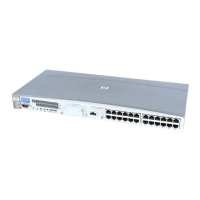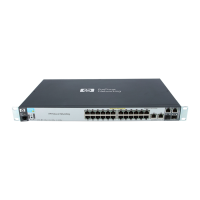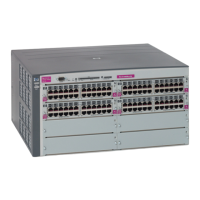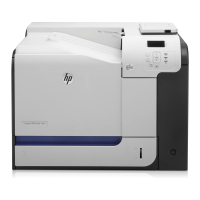Verify that the NIC is operating. Enter the following command:
# nwmgr -v [-c lanx | -S driver-name]
If the Interface State is DOWN, do the following:
1. Check the status of the Link LED.
If the LED is off, check the connection to the switch. Make sure
that the switch is configured in the correct mode and is
autonegotiating, if necessary. Reset the NIC with following
command:
# nwmgr -r -c lanxx
2. Make sure the link speed and duplex mode match the settings on
the switch. If they do not, set the correct link speed and duplex
mode and enable autonegotiating, if necessary. Then, reset the
NIC with the nwmgr command
3. Verify that your interface state is UP by issuing the nwmgr
command with no arguments. If it is not up, perform the steps for
NIC claimed?.
Verify that the network daemon (inetd) is running. Enter the following
command:
# ps -e | grep inetd
If no inetd daemon is running, start it using the following command:
# /sbin/init.d/inetd start
Verify that the HP APA depot is installed by issuing the following
command:
# swlist | grep J4240AA
If the product is installed, the following message is displayed:
J4240AA B.11.31.20 Auto-Port Aggregation Software
If the product is not installed, install it by using the swinstall
command. See Chapter 2 (page 17) and the Release Notes for more
information.
Go to “Solving link
Verify that the software is configured in the kernel by issuing the
following command:
# what /stand/vmunix | egrep -i hp_apa
Output similar to the following displays:
$Revision: hp_apa: HP Auto-Port Aggregation (APA): B.11.31.20
Aug 10 2008 11:30
If nothing is displayed, rebuild the kernel.
aggregate problems
(MANUAL mode)”for
MANUAL mode link
aggregates, “Solving
link aggregate problems
(LACP mode)”
(page 64) for
LACP_AUTO mode link
aggregates, “Solving
Solving HP APA problems 59
